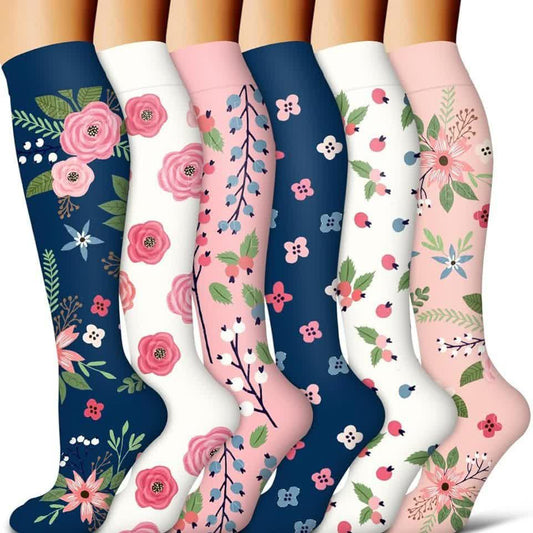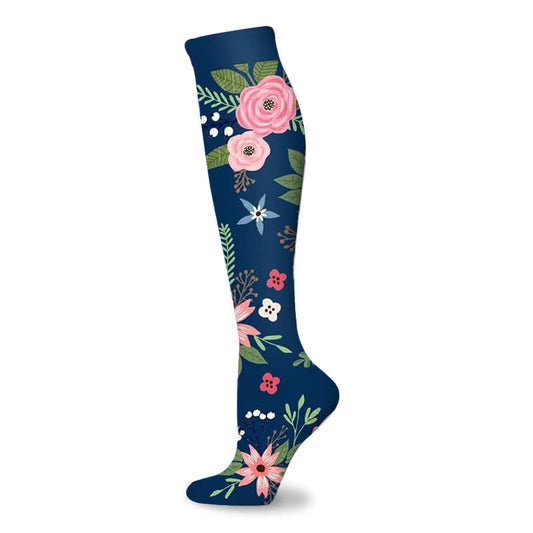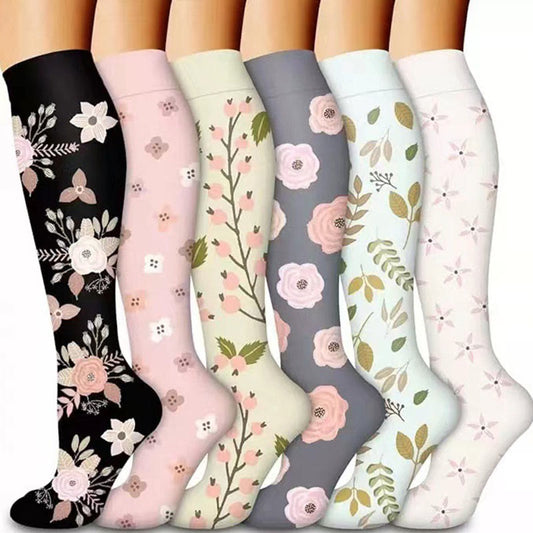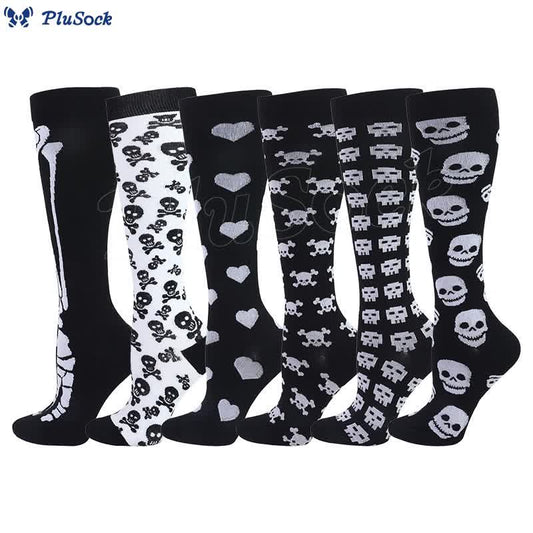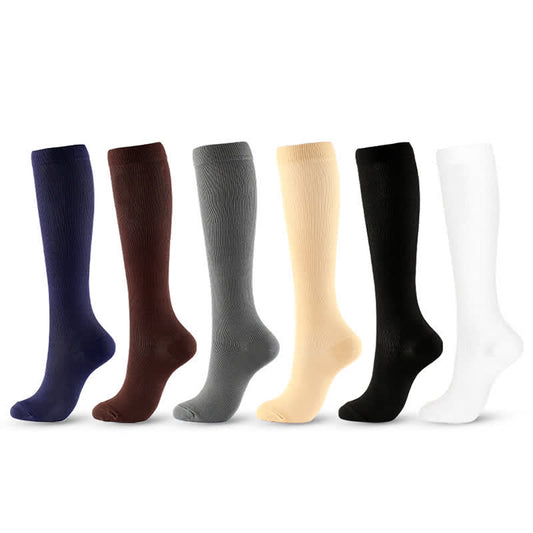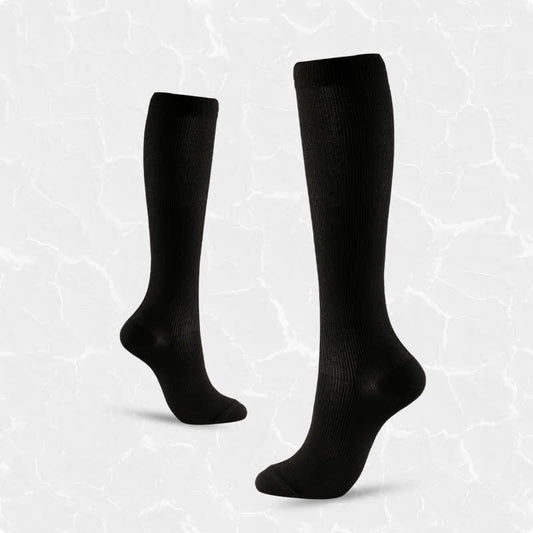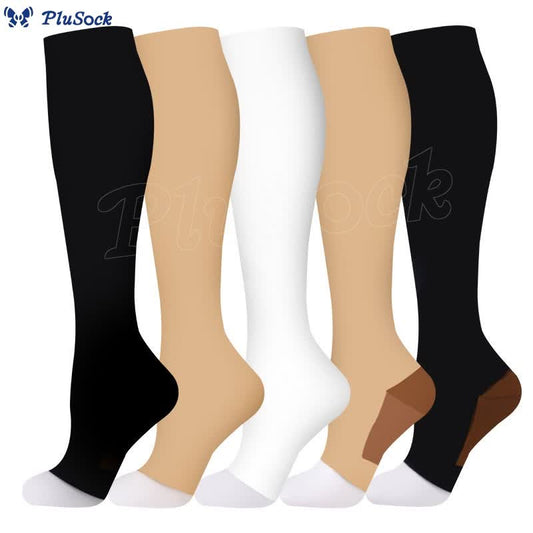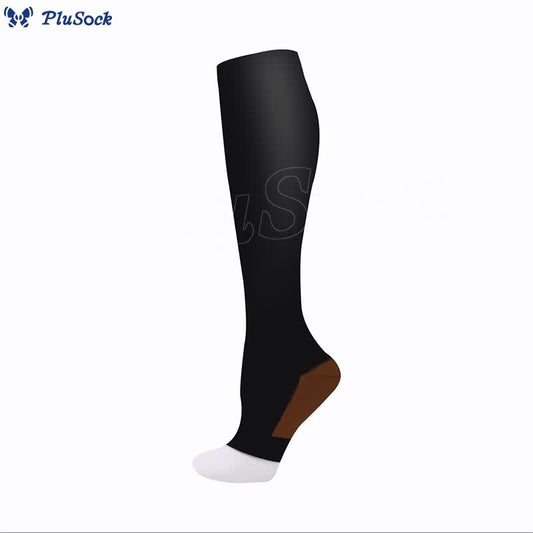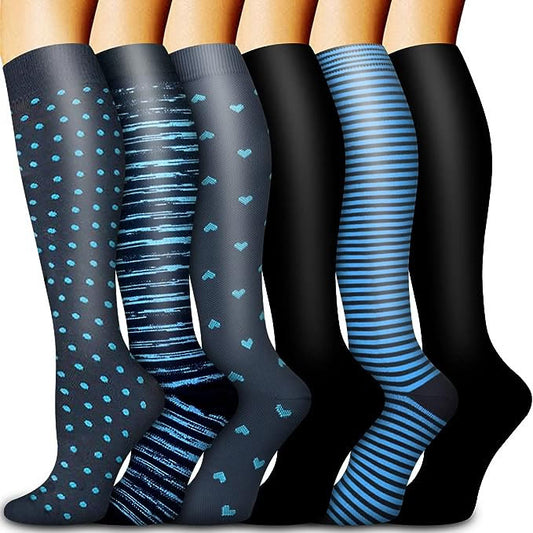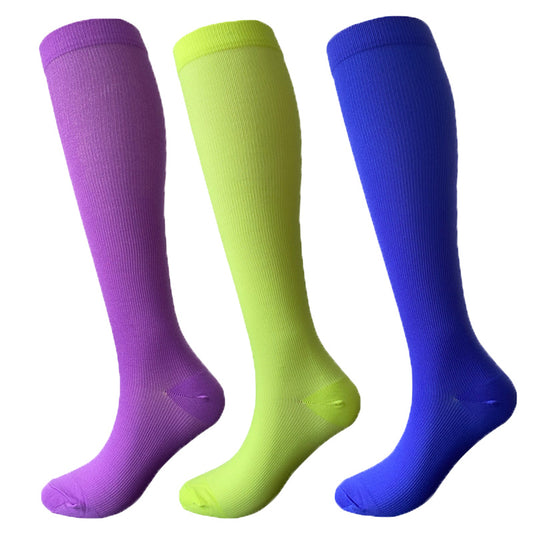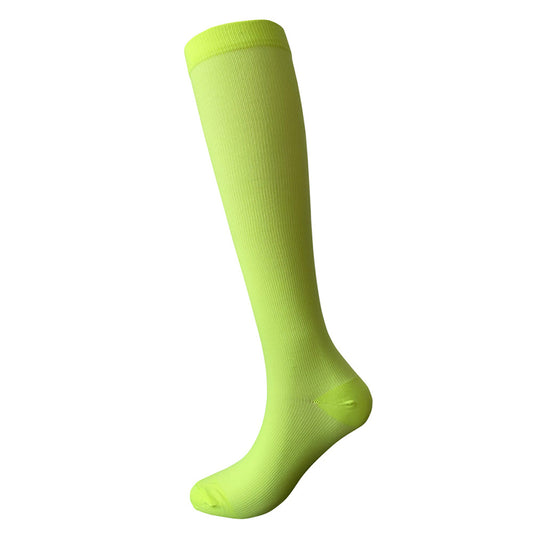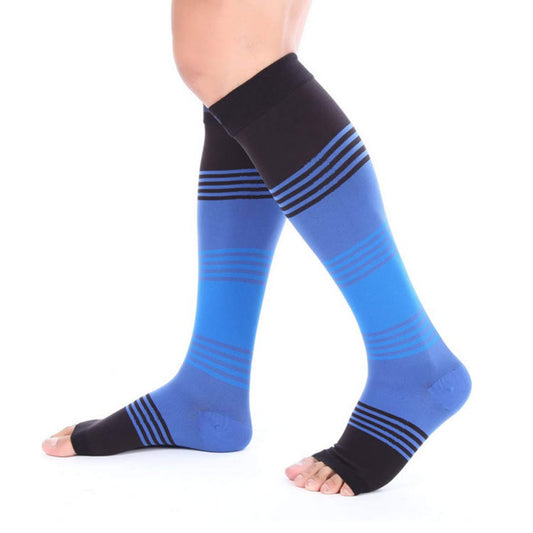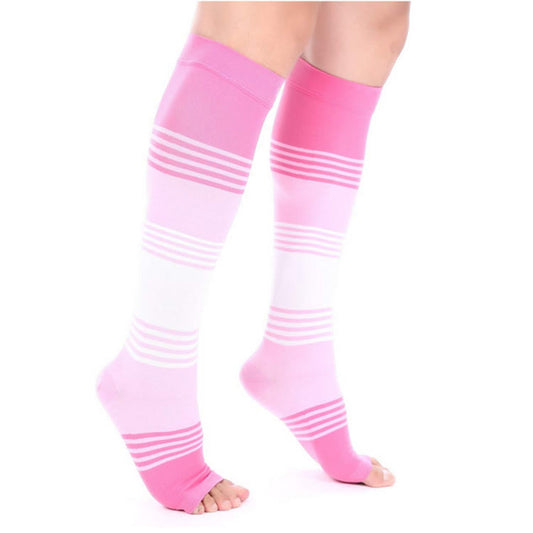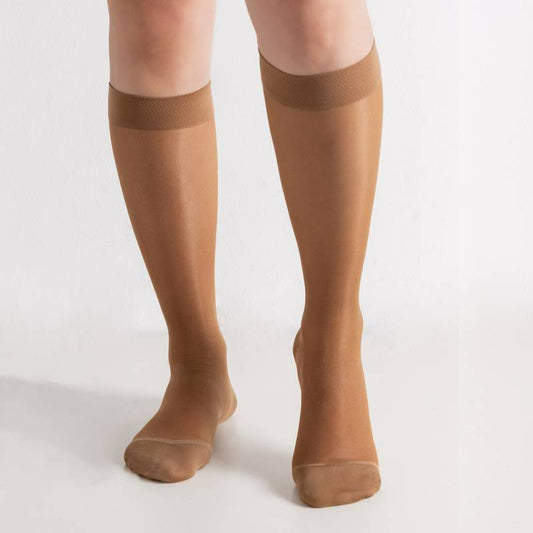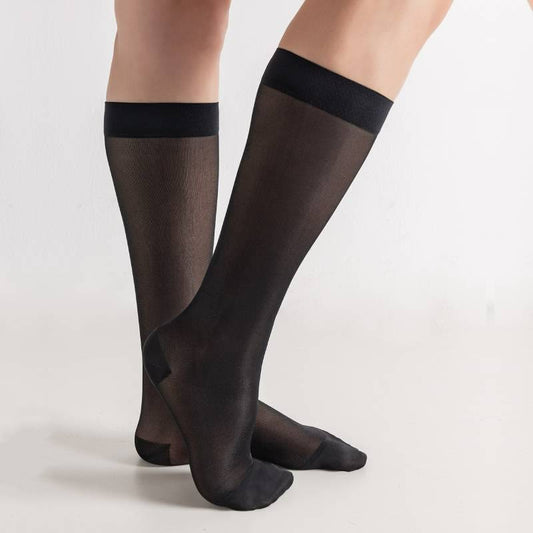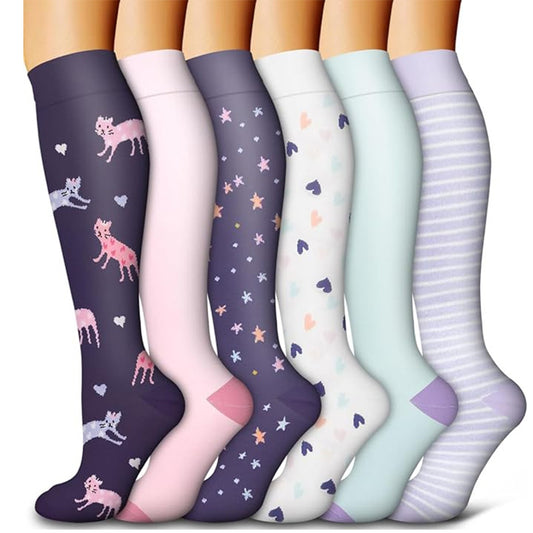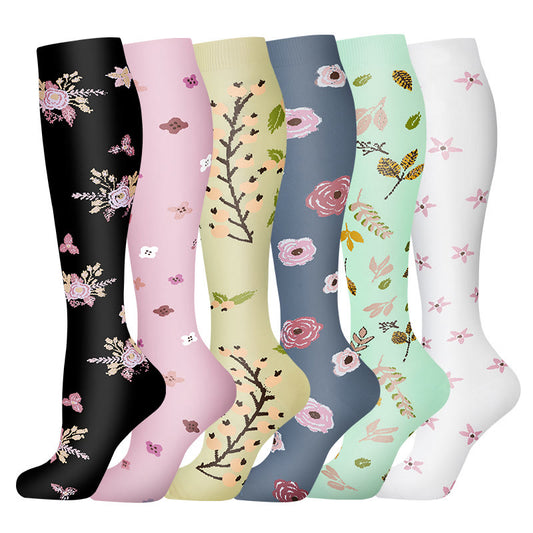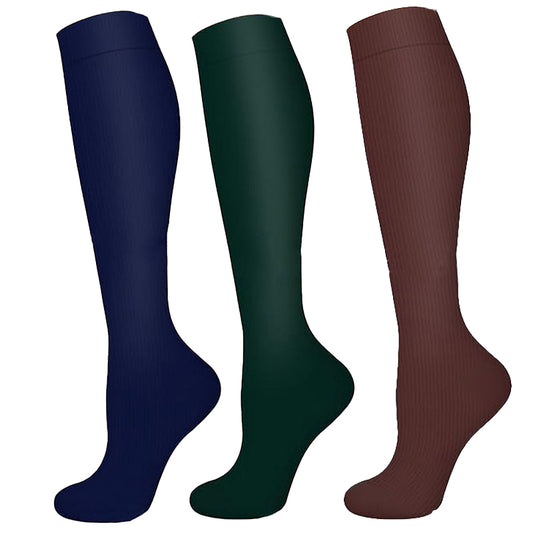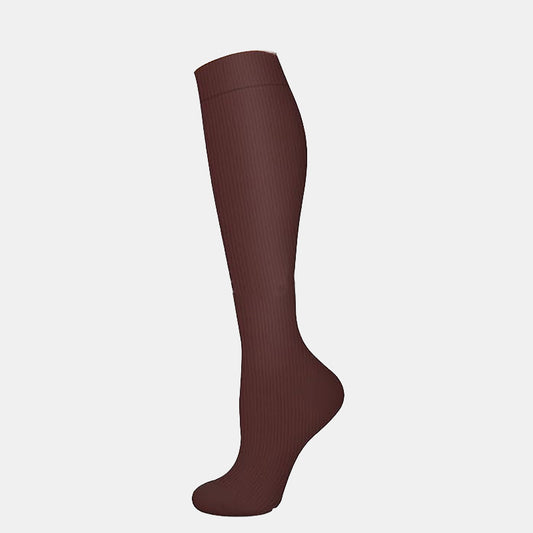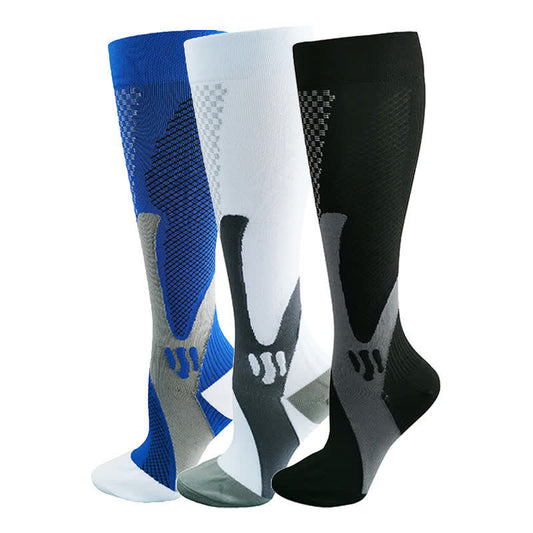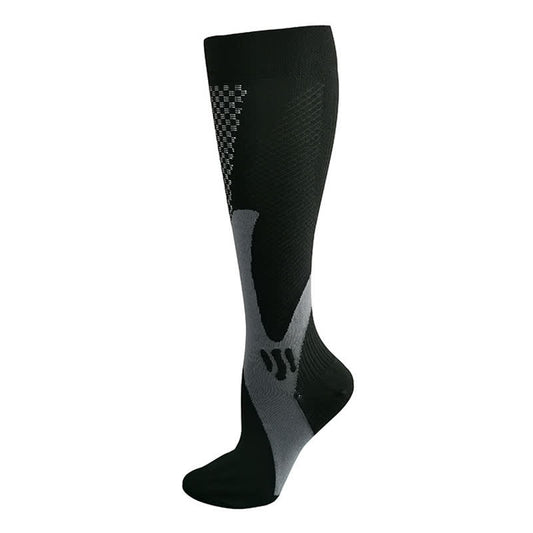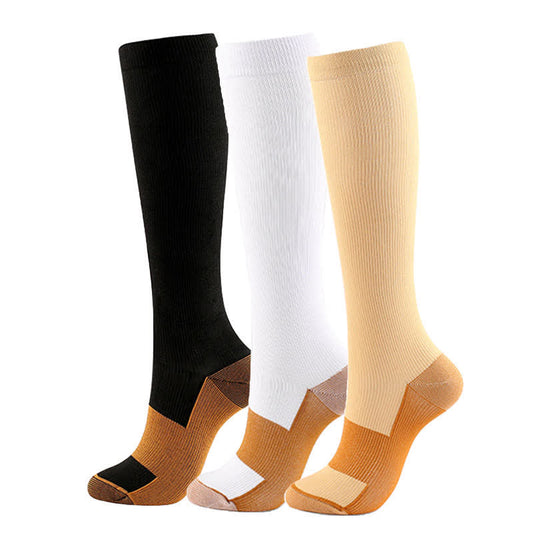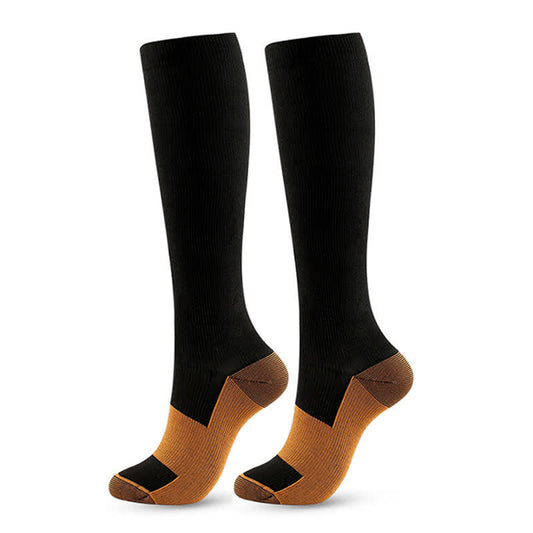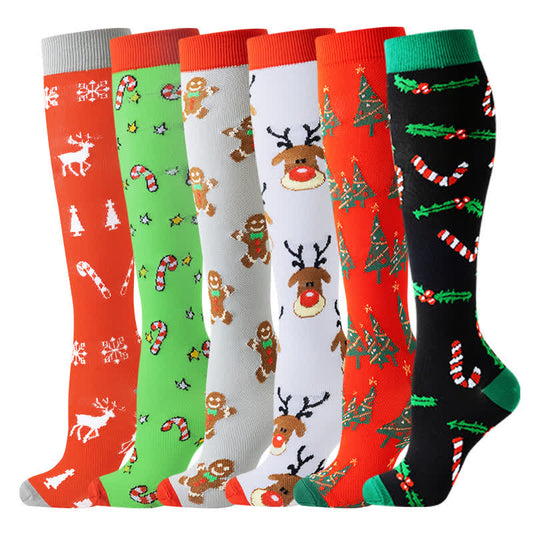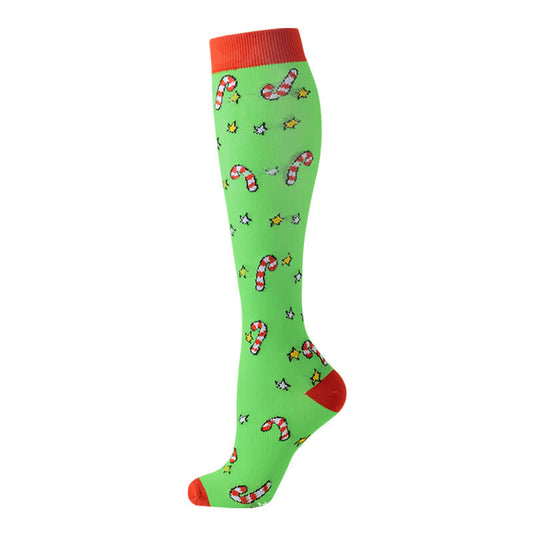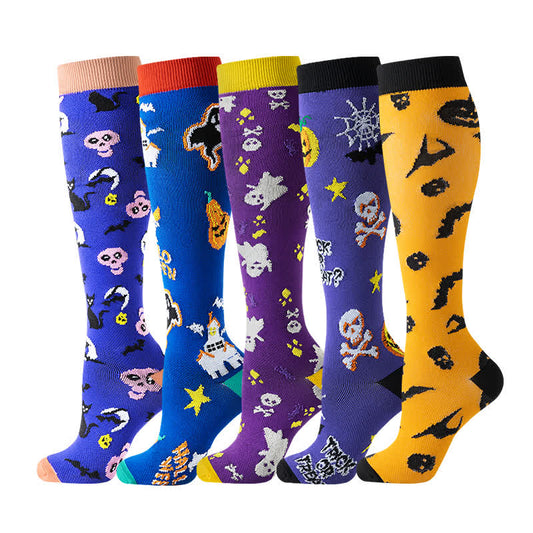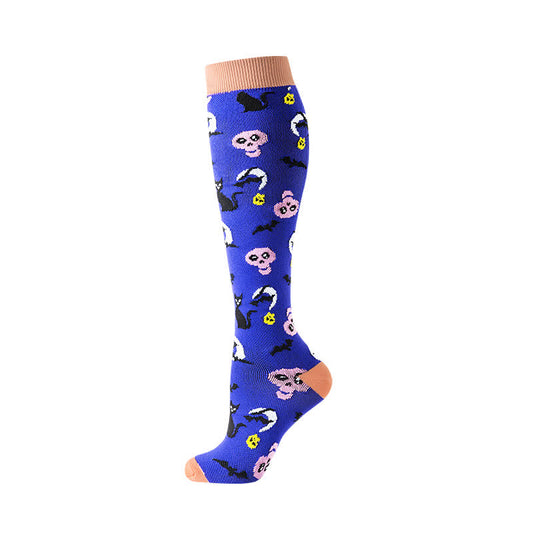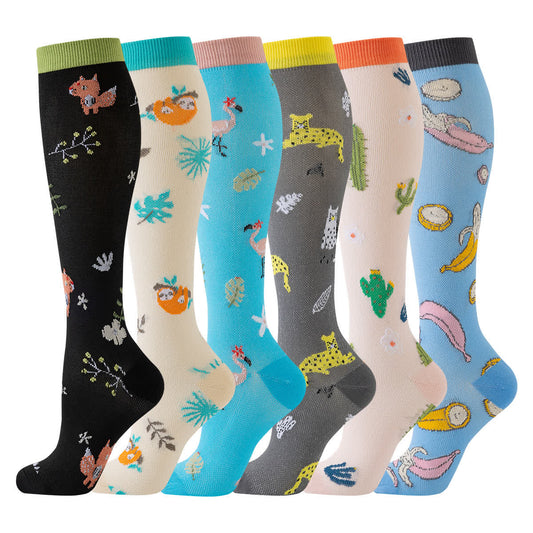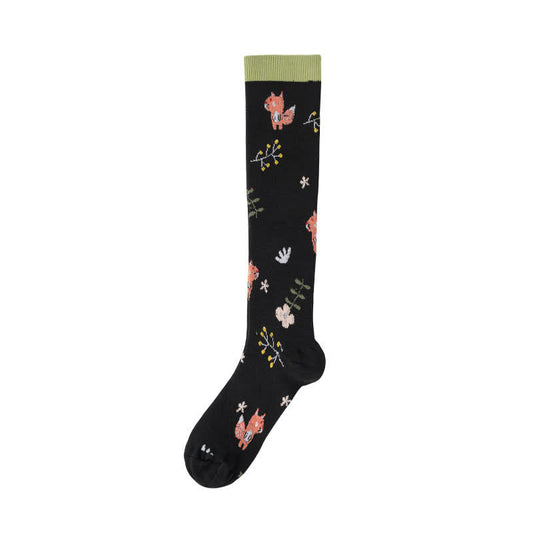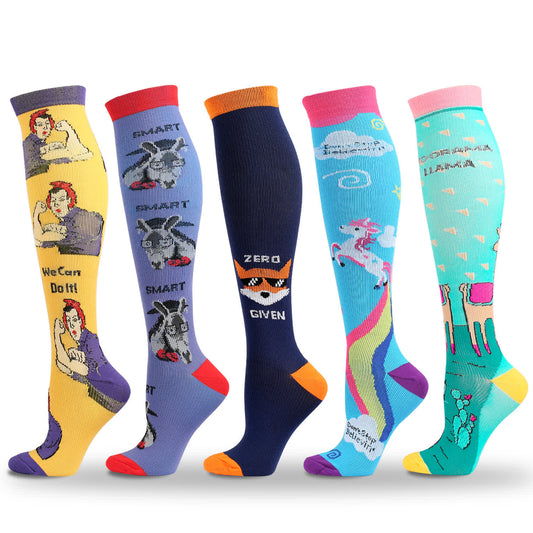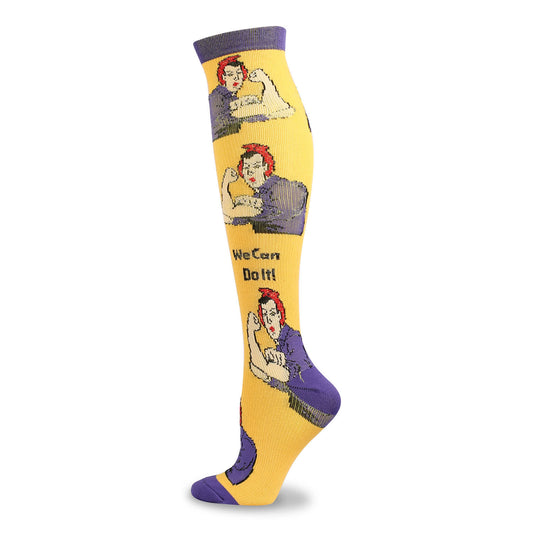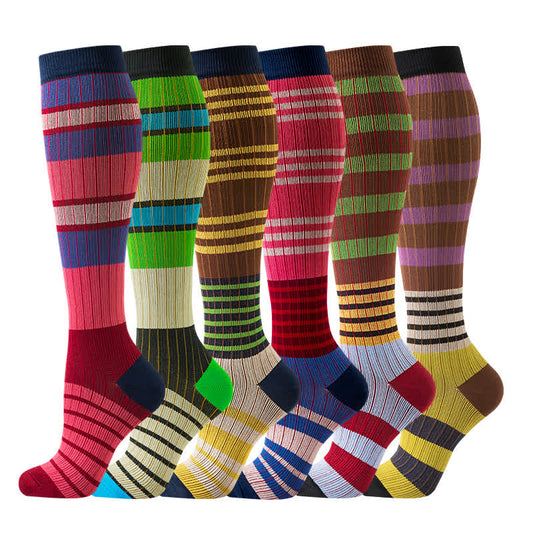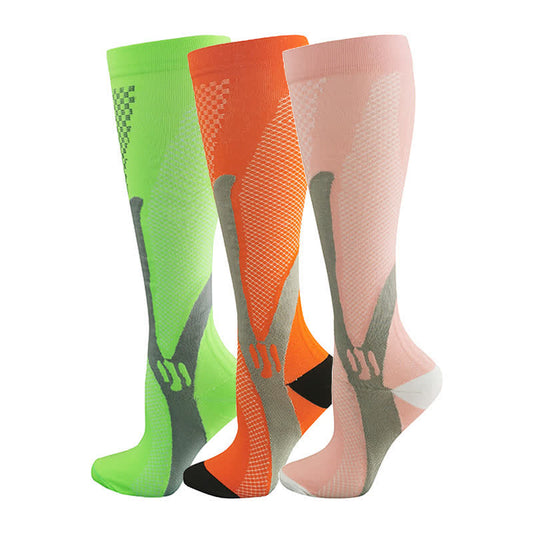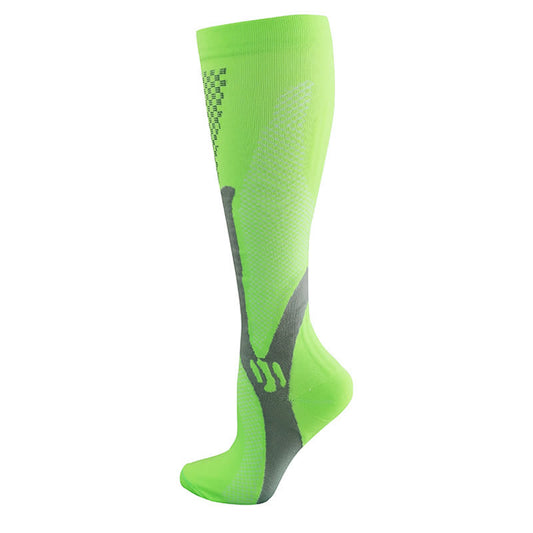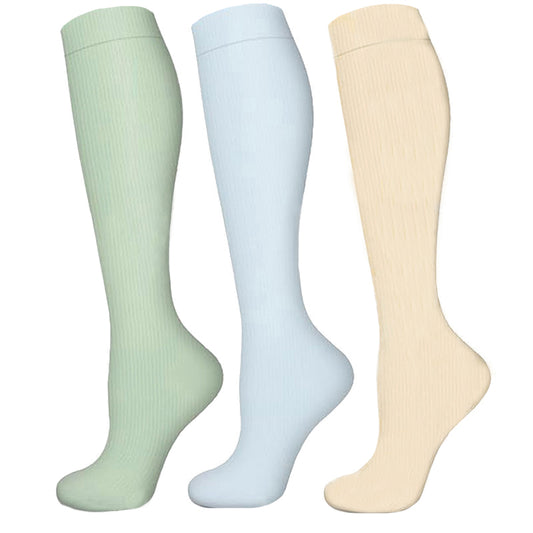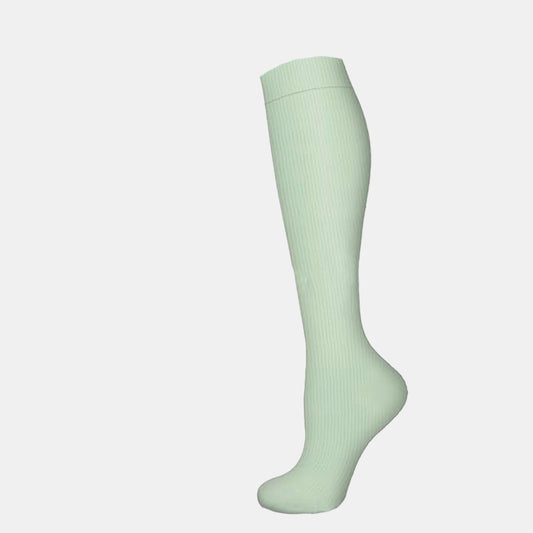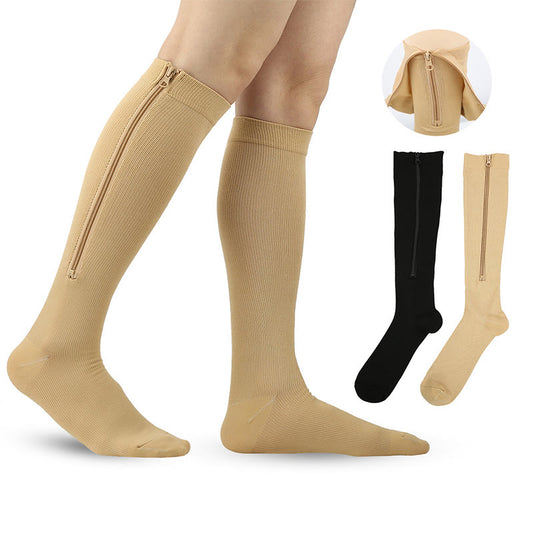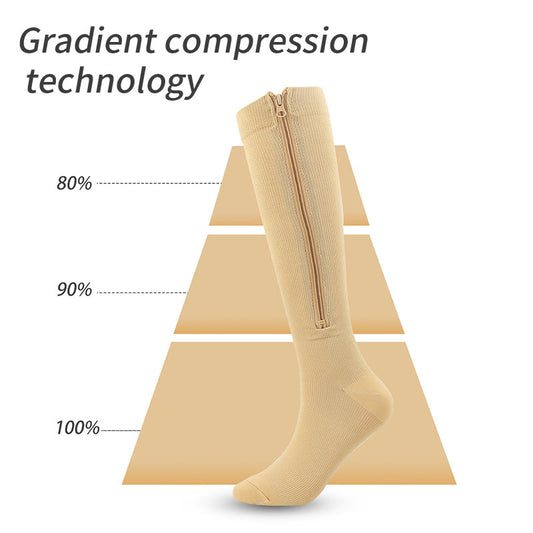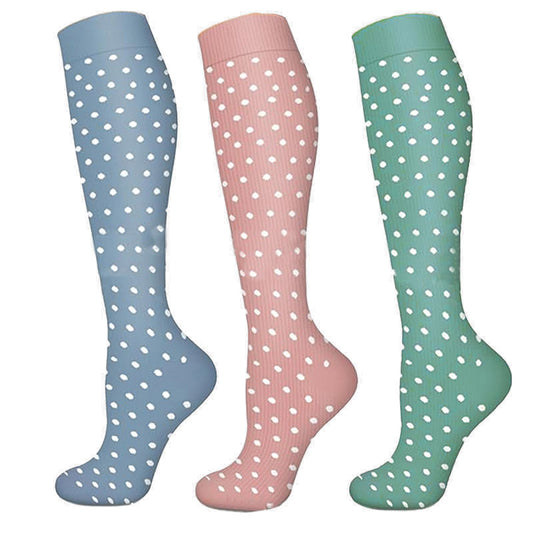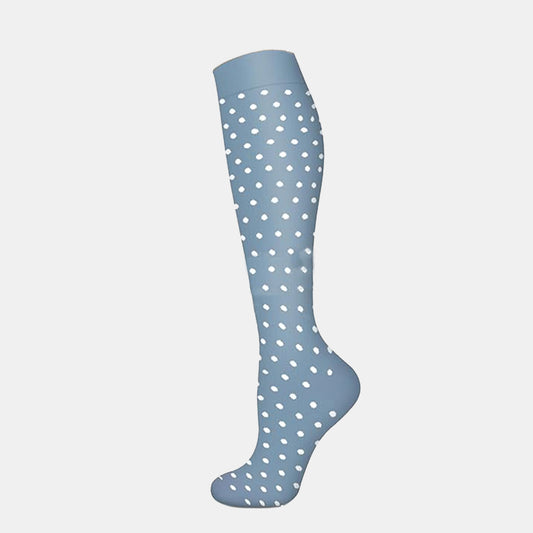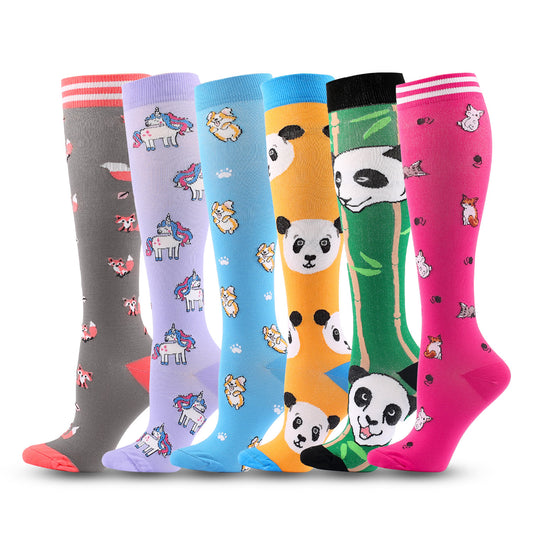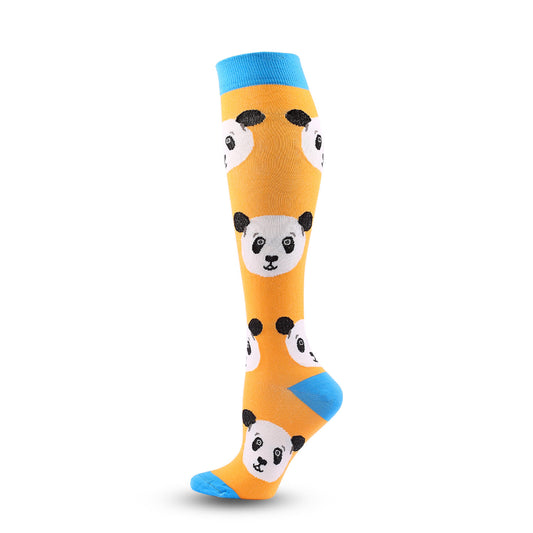-
Plusock Blooming Flowers Series Compression Socks(6 Pairs)
Regular price $45.00 USDRegular priceUnit price per$45.00 USDSale price $45.00 USD -
Plusock Flower Leaves Compression Socks(6 Pairs)
Regular price $36.95 USDRegular priceUnit price per$36.95 USDSale price $36.95 USD -
Plusock Skull Bones Compression Socks(6 Pairs)
Regular price $40.00 USDRegular priceUnit price per$40.00 USDSale price $40.00 USD -
Plusock Plus Size Solid Color Anti-slip Compression Socks(6 Pairs)
Regular price $36.00 USDRegular priceUnit price per$36.00 USDSale price $36.00 USD -
Plusock Classic Color Open Toe Compression Socks(5 Pairs)
Regular price $37.00 USDRegular priceUnit price per$37.00 USDSale price $37.00 USD -
Plusock Blue Dots Compression Socks(6 Pairs)
Regular price $40.00 USDRegular priceUnit price per$40.00 USDSale price $40.00 USD -
Plusock Solid Color Sport Compression Socks(3 Pairs)
Regular price $34.95 USDRegular priceUnit price per$34.95 USDSale price $34.95 USD -
Plusock Mixed Color Striped Open Toe Compression Socks
Regular price $18.00 USDRegular priceUnit price per$18.00 USDSale price $18.00 USD -
Plusock Pure Color Sheer Compression Socks
Regular price $20.00 USDRegular priceUnit price per$20.00 USDSale price $20.00 USD -
Plusock Cute Star Pattern Compression Socks(6 Pairs)
Regular price $39.95 USDRegular priceUnit price per$39.95 USDSale price $39.95 USD -
Plusock Flower Series Compression Socks(6 Pairs)
Regular price $39.95 USDRegular priceUnit price per$35.95 USDSale price $39.95 USD -
Plusock Unisex Compression Socks(3 Pairs)
Regular price $30.00 USDRegular priceUnit price per$30.00 USDSale price $30.00 USD -
Plusock Colorful Stripe Compression Socks(3 Pairs)
Regular price $35.00 USDRegular priceUnit price per$40.00 USDSale price $35.00 USDSale -
Plusock Breathable Sports Compression Socks(3 Pairs)
Regular price $30.00 USDRegular priceUnit price per$30.00 USDSale price $30.00 USD -
Plusock Christmas Reindeer Gingerbread Candy Cane Compression Socks(6 Pairs)
Regular price $40.00 USDRegular priceUnit price per$40.00 USDSale price $40.00 USD -
Plusock Halloween Skull Ghost Series Compression Socks(5 Pairs)
Regular price $38.00 USDRegular priceUnit price per$38.00 USDSale price $38.00 USD -
Plusock Cute Animal Plant Print Compression Socks(6 Pairs)
Regular price $40.00 USDRegular priceUnit price per$40.00 USDSale price $40.00 USD -
Plusock Funny Cartoon Animal Print Compression Socks(5 Pairs)
Regular price $40.00 USDRegular priceUnit price per$40.00 USDSale price $40.00 USD -
Plusock Colorful Stripe Print Compression Socks(6 Pairs)
Regular price $40.00 USDRegular priceUnit price per$40.00 USDSale price $40.00 USD -
Plusock Sport Compression Socks(3 Pairs)
Regular price $32.00 USDRegular priceUnit price per$32.00 USDSale price $32.00 USD -
Plusock Light Color Compression Socks(3 Pairs)
Regular price $30.00 USDRegular priceUnit price per$30.00 USDSale price $30.00 USD -
Plusock Zipper Knee High Compression Socks(3 Pairs)
Regular price $34.95 USDRegular priceUnit price per$34.95 USDSale price $34.95 USD -
Plusock White Polka Dot Compression Socks(3 Pairs)
Regular price $30.00 USDRegular priceUnit price per$30.00 USDSale price $30.00 USD -
Plusock Cute Panda Pattern Compression Socks(6 Pairs)
Regular price $48.95 USDRegular priceUnit price per$48.95 USDSale price $48.95 USD
Compression Socks FAQs
Different Levels of mmHg Compression Socks Available
mmHg stands for millimeters of mercury. It's a unit of measurement used to express pressure, including the pressure applied by compression socks on the legs. In the context of compression wear, mmHg indicates the amount of pressure or tightness the socks exert, helping to improve blood circulation and reduce swelling.
Common compression levels include:
- Mild (8-15 mmHg): Best for those experiencing slight leg swelling, discomfort, or fatigue, especially during prolonged periods of sitting or standing. This level is often chosen for everyday wear, travel, or work situations.
- Moderate (15-20 mmHg): Aimed at individuals with moderate swelling, early-stage varicose veins, or mild venous insufficiency. These provide a balanced amount of support, making them suitable for daily use while effectively alleviating mild symptoms.
- Firm (20-30 mmHg): Designed for more significant leg issues such as severe varicose veins, pronounced venous insufficiency, or after vein treatments. Firm compression offers substantial support, assisting in more intensive symptom management.
- Extra Firm (30-40 mmHg) and Beyond: These are for serious venous conditions, including advanced venous insufficiency, chronic edema, and lymphatic issues. Typically recommended under a healthcare provider’s guidance, they provide the highest level of compression for therapeutic needs.
What Are Compression Socks? How do They Work?
Compression socks are specialized hosiery designed to apply graduated pressure to the legs and feet. They are tighter at the ankles and gradually decrease in pressure going up the leg. This design helps promote blood flow back toward the heart, reduces blood pooling in the leg veins, and improves circulation.
They work by compressing the surface veins, muscles, and arteries, which forces circulating blood through narrower channels. As a result, the arterial pressure increases, causing more blood to return to the heart and less blood to stagnate in the feet and legs. This mechanism can help alleviate discomfort and swelling, prevent venous ulcers, reduce the risk of blood clots, and improve overall leg health, especially for individuals who stand or sit for long periods, athletes, pregnant women, and those with certain medical conditions.
How Long Should I Wear Compression Stockings
Here's a consolidated guideline on wearing compression stockings:
General Use: Typically, wear your compression stockings for the duration of your waking hours, which is usually about 12 to 16 hours a day. Remove them before going to bed, as they're not needed when you're lying down and your legs are at rest.
Medical Reasons: If you're wearing them for specific health issues like varicose veins or recovery from surgery, adhere strictly to your healthcare provider’s instructions, which will likely align with wearing them throughout the day and taking them off at night.
During Pregnancy: Pregnant individuals advised to use them for swelling or varicose veins should wear the stockings during the day and remove them at bedtime to help manage symptoms effectively.
Traveling: When traveling, especially during long flights or car rides, wear your compression stockings from the start of your trip until you reach your destination. This is to prevent blood clots and reduce swelling by promoting circulation when movement is limited.
Work or Exercise: If your job involves prolonged periods of sitting or standing, or if you're wearing them post-exercise, wear the stockings during these activities to minimize fatigue and swelling.
Remember, these recommendations serve as general guidelines. The exact duration and usage should be tailored to your individual needs and health conditions. Always consult with your healthcare provider for advice specific to your situation and listen to your body’s responses when wearing compression stockings.
How Do You Know if You Need Compression Socks?
You might need compression socks if:
- Leg Swelling: Your legs or ankles swell, especially after long periods of sitting or standing.
- Varicose or Spider Veins: You have visible varicose veins or spider veins, which can indicate circulatory problems.
- Leg Pain or Discomfort: You experience aching, heaviness, or fatigue in your legs at the end of the day.
- Post-Surgery: You've recently had surgery and were advised to improve circulation and prevent blood clots.
- Pregnancy: During pregnancy, you're experiencing increased leg swelling or varicose veins due to changes in your body.
- Travel: You're planning to travel and will be seated for long hours, increasing your risk for deep vein thrombosis (DVT).
- Athletic Recovery: You're an athlete or exercise frequently and want to enhance recovery and reduce muscle soreness.
If you are considering using compression stockings to treat these or other related symptoms, it is best to speak to a healthcare professional. For quality compression stockings choose plusock.
Are Zippered Compression Socks Easier to Put On?
Yes, zippered compression socks can be easier to put on compared to traditional compression socks. The zipper provides a larger opening, allowing you to more easily slide your foot and leg into the sock. Once your foot is in place, you can zip the sock up, which is typically less strenuous than stretching the fabric over your foot and leg. This feature can be particularly beneficial for individuals with limited mobility, arthritis, or those who struggle with the strength or dexterity needed to pull on regular compression socks. However, it's important to ensure the zipper does not dig into the skin or cause discomfort while wearing the socks.
What Is the Science Behind Compression?
Compression therapy works by gently squeezing your legs to improve blood flow. This helps in a few ways:
Keeps blood moving: By applying pressure, compression socks help blood in your veins return to your heart more easily, fighting gravity and preventing leg swelling.
Reduces tiredness: Wearing these socks can make your legs feel less tired and achy, especially after long periods of sitting or standing.
Prevents problems: For some people, they can also help prevent deep vein clots and other issues related to poor blood flow.
As a business selling these, we believe in promoting wellness and comfort, especially for those who stand all day, travel a lot, or need extra support for their legs.
What Are the Best Types of Socks for Diabetics?
Diabetics should choose socks made from soft fibres such as bamboo or wool. These materials are gentle on the skin and can greatly reduce the risk of chafing and blistering, which is a frequent concern for people with sensitive feet.
We prioritise fabrics that keep the feet dry and comfortable, thus reducing the likelihood of fungal infections and skin irritations - common problems for people with diabetes. The ability to wick away moisture ensures a healthier foot environment and prevents complications due to humidity.
In addition to the choice of material, the construction of the sock is equally important. Our socks for diabetics feature a seamless design to eliminate the chance of chafing or blistering. This feature is especially beneficial for customers with neuropathy, which is often associated with diabetes and can reduce foot sensitivity, making it more likely to cause less noticeable injuries.
Are Diabetic Socks the Same as Compression Socks?
No, diabetic socks and compression socks are not the same. Diabetic socks are designed to minimize pressure and prevent blisters and infections, while compression socks are meant to improve blood flow and reduce swelling. They serve different purposes.

